
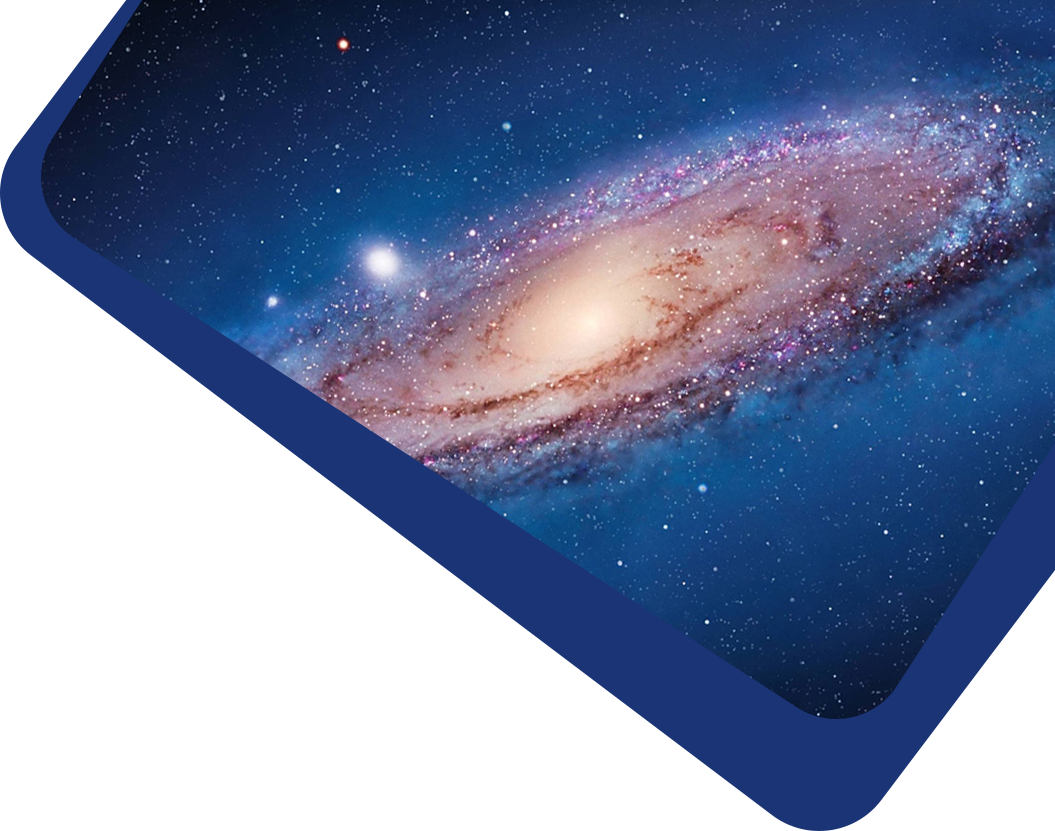

Stellar physics, binary evolution, and binary population synthesis
cosmology and particle astrophysics, including dark matter detection, dark energy model and detection, cosmic microwave background, large scale structure, formation of first generation of luminous objects and reionization
planetary atmospheres and space environments
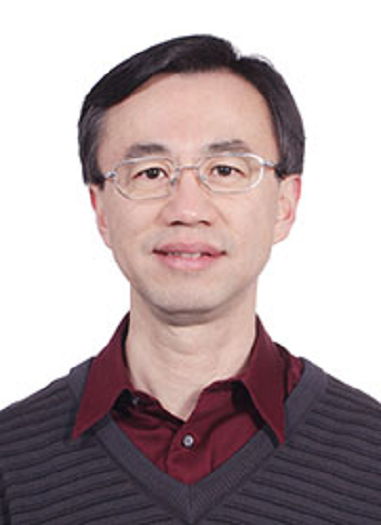
Instrumentation for astronomical applications, galaxy ecosystems
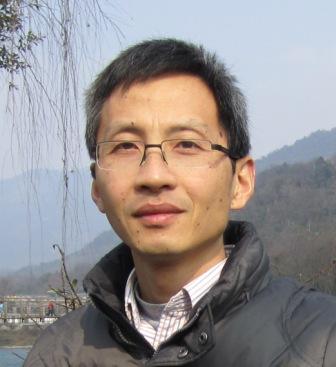
His research interests include radiative transfer, spectral diagnostics and modeling of the solar atmosphere, magnetic structure of active regions and mechanisms for solar eruptions.

His research interest is on high energy astrophysics, including theory of Gamma-Ray Burst, Fast Radio Bursts and Electromagnetic Counterpart of Gravitational Wave events.

theoretical global geophysics, like earth rotation/nutation model, couplings between electromagnetic field and nutation near core-mantle boundary, generalized theory of the figure of the earth interior, Mars’ gravity field, etc.

Extrasolar Planetary Systems: Orbital Dynamics; Resonances in Multiple Systems; Planetary Formation; Disk-Planet Interactions; Hydrodynamics Simulations Protoplanetary Disks: Observations / evolution of protoplanetary disks; Planetesimals formation Solar System Small bodies: Orbital Evolution of NEOs; Physics of asteroids; Dynamics and formation of the small bodies
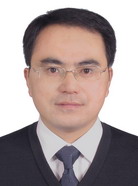
Research Interests stellar population synthesis and its application two dimension properties of low-z/high-z galaxies formation and evolution of low-z/high-z galaxies dust attenuation and the IRX-beta relationship
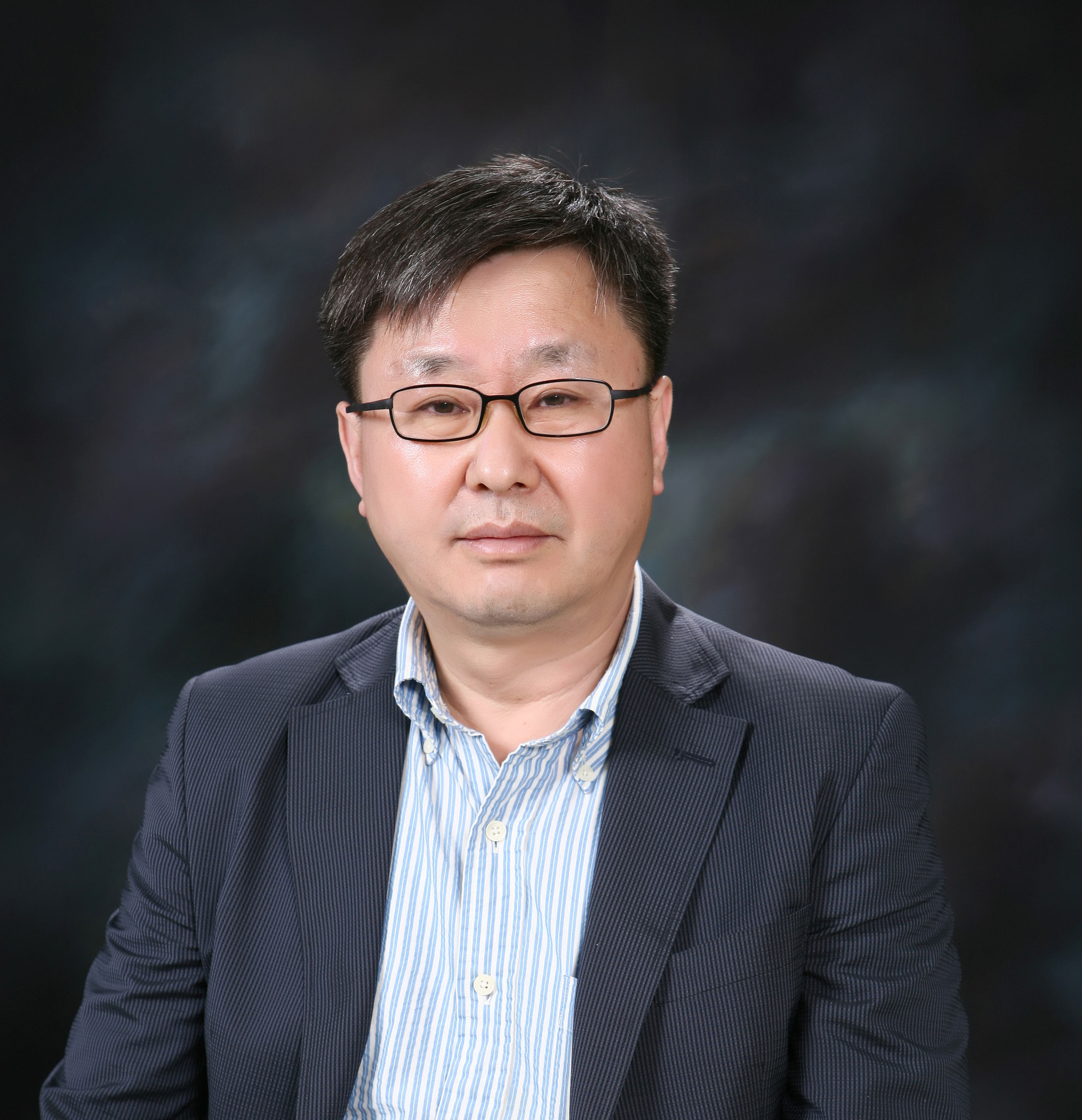
interstellar medium, dynamics of star clusters, and the evolution of galaxies and cosmology.
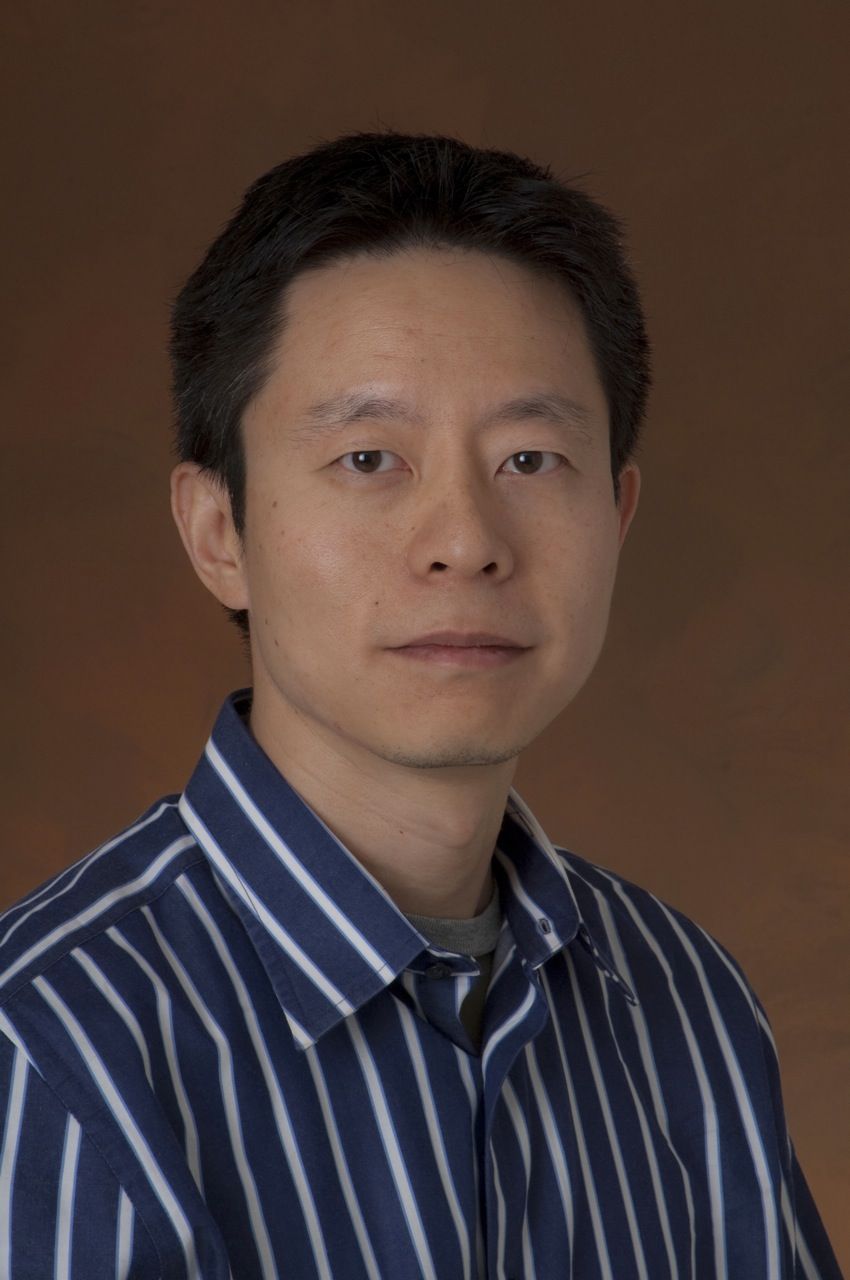
Observational study of the Galactic star formation; Instruments and technologies in radio astronomy; Astrochemistry and spectroscopy; Pulsar search and fast radio burst (FRB); Data analysis and algorithm.
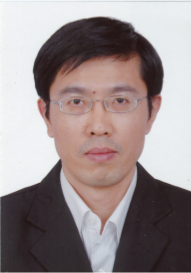
His research interests include the formation and evolution of X-ray binaries, radio pulsars, magnetars and the progenitors of type Ia supernovae. He is also interested in accretion processes in astrophysics.
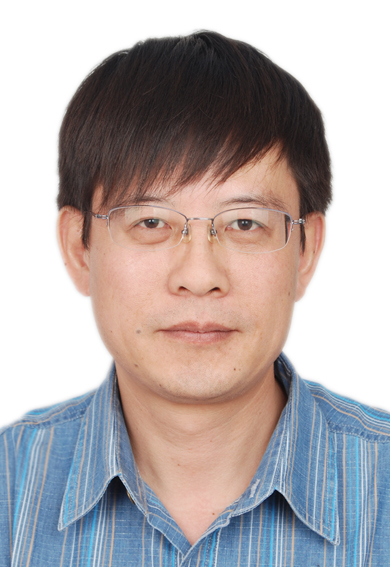
Professor Liu's main research interest is spectroscopic study of emission line nebulae, with an emphasis on the physical processes and radiative mechanisms governing photoionized gaseous nebulae. Studies of emission line nebulae yield information of stellar nucleosynthesis and the enrichment of the interstellar medium, and of the chemical evolution of galaxies. Currently, Prof. Liu is leading a large spectroscopic survey towards the Galactic anticenter with the newly built Chinese Large
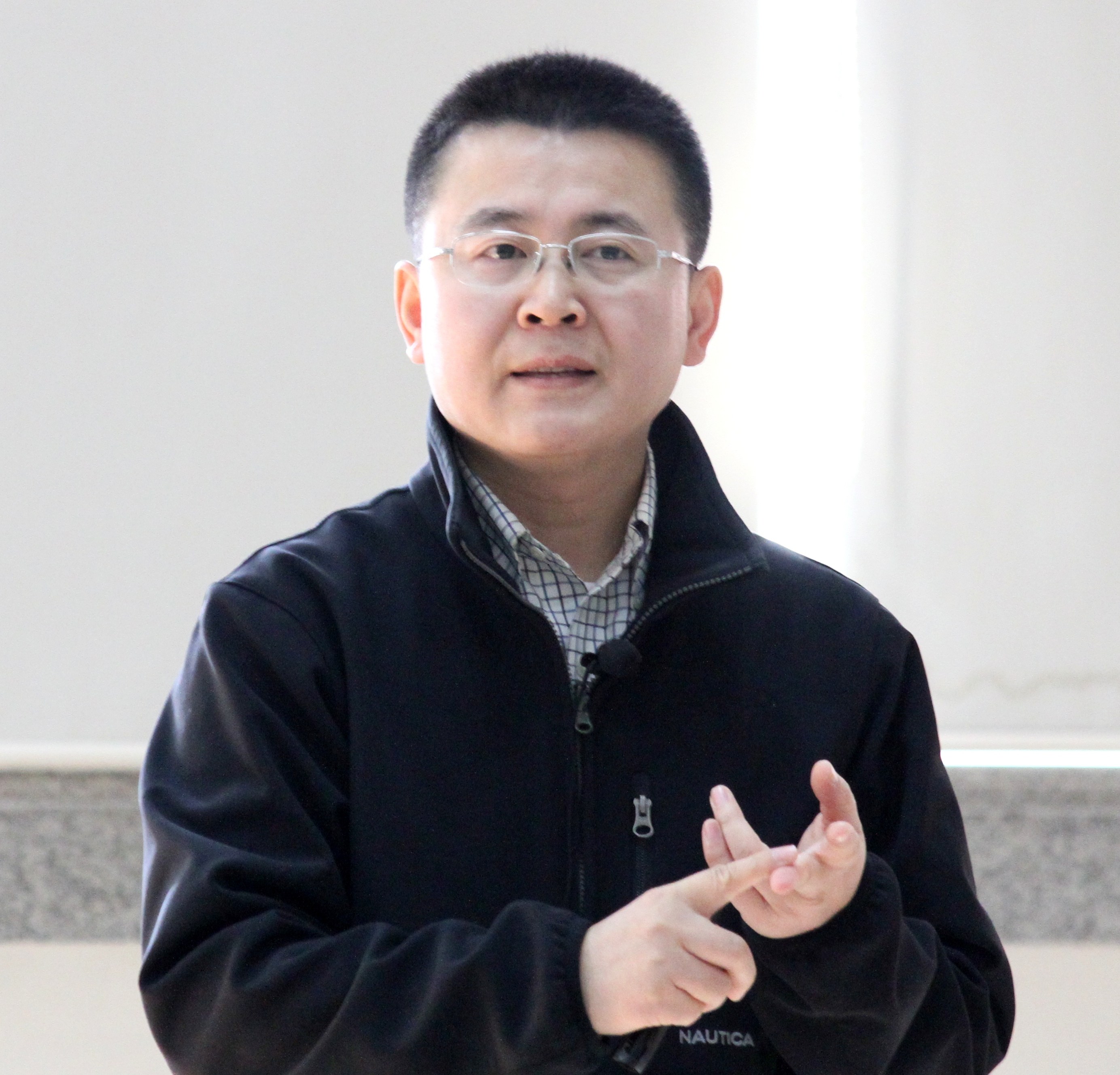
Jifeng Liu is mostly interested in multi-wavelength observations of compact objects and stars in the Milky Way and nearby galaxies.

Radio Cosmology: 21 cm Intensity Mapping, Epoch of Reionization Extragalatic Astronomy: galaxy peculiar velocity field, thermal and kinetic Sunyaev-Zel’dovich effect, dynamics of the Local Group, near-field cosmology.
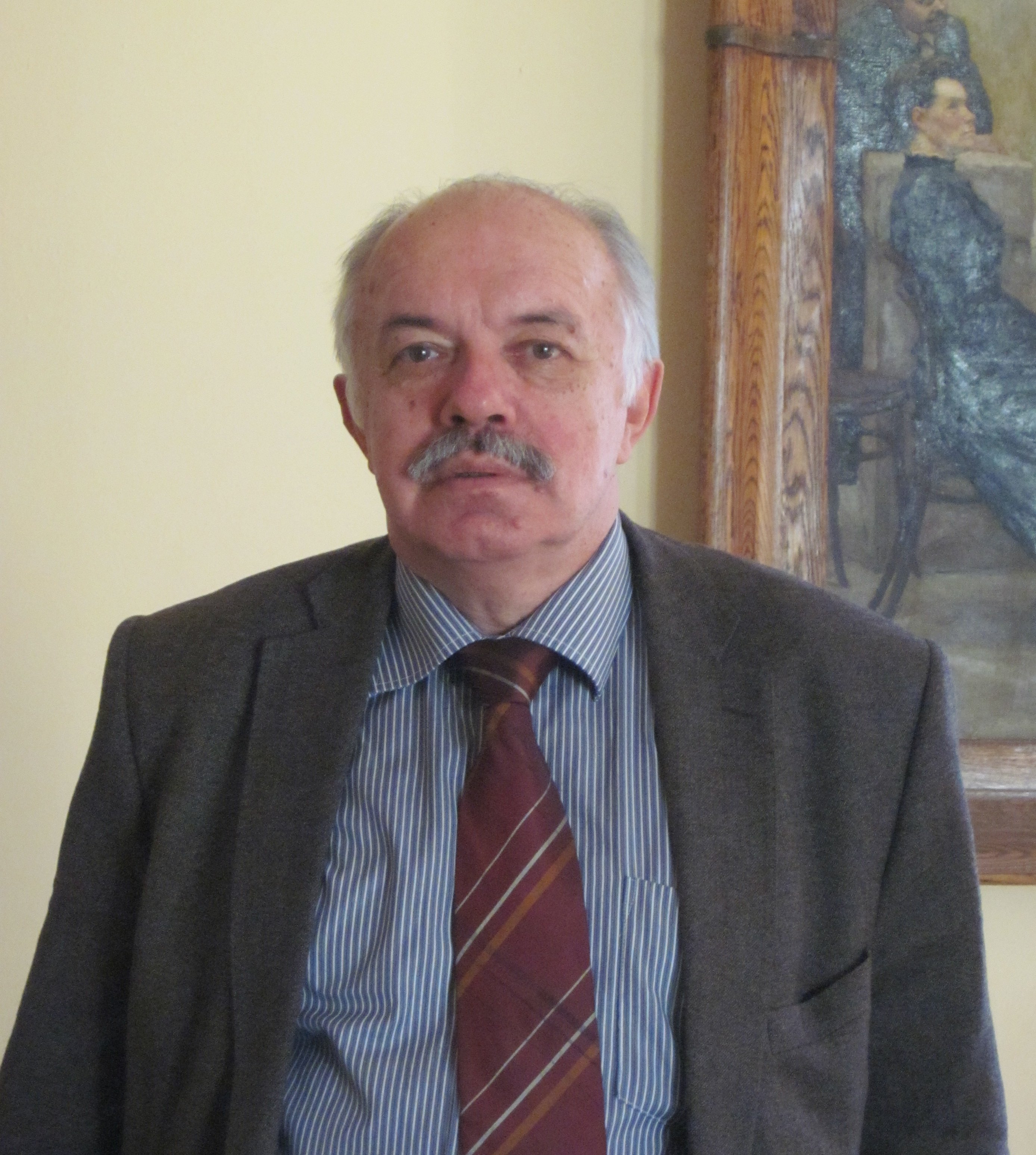
The main fields of scientific interests are variable stars and globular star clusters.
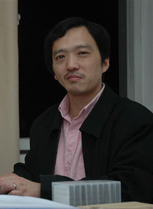
radio astronomy

Star clusters (open and globular) Star formation and pre-MS stars Classical Be & Herbig Ae/Be stars Galactic structure Magellanic Clouds Stellar population
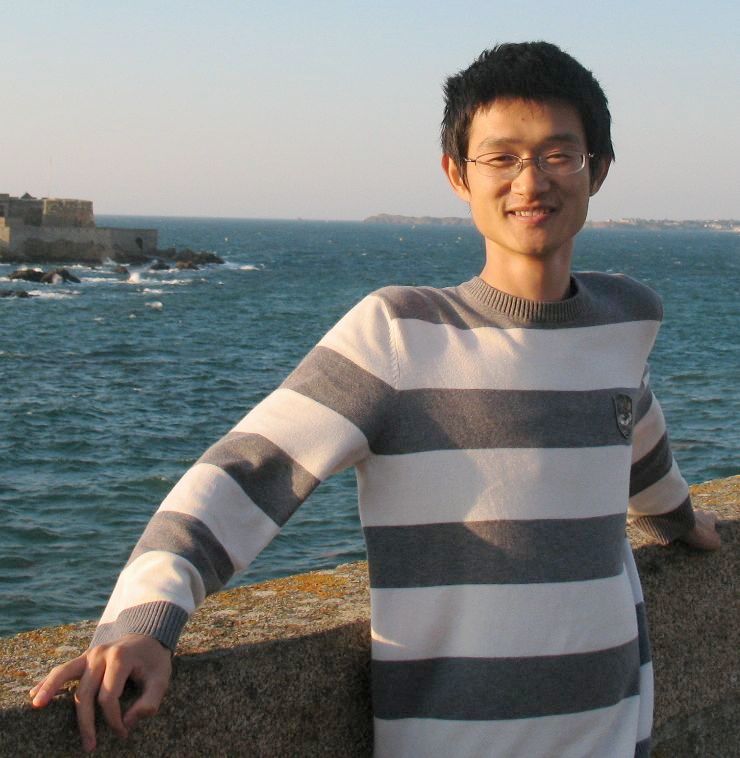
Solar Physics
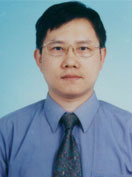
Quasars and AGNs, Black hole X-ray binarys

Planetary science

Radio astronomy
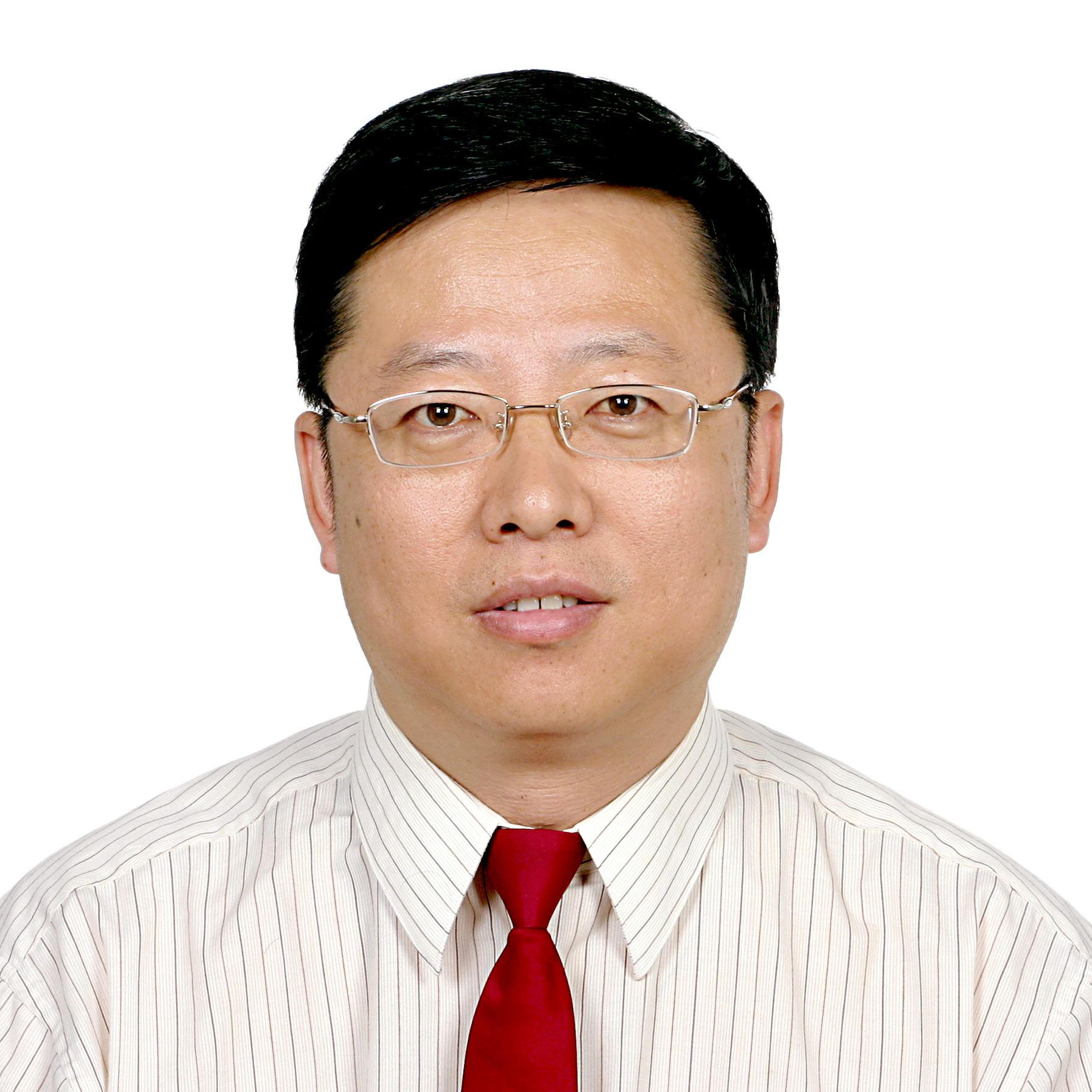
Stellar Spectra, Stellar Nucleosynthesis, Chemical Evolution of Galaxy, Laboratory Astrophysics, Stellar Chemical Abundances, Extra-solar planet searching

Cosmology;Dark energy;Modified gravity;large galaxy surveys
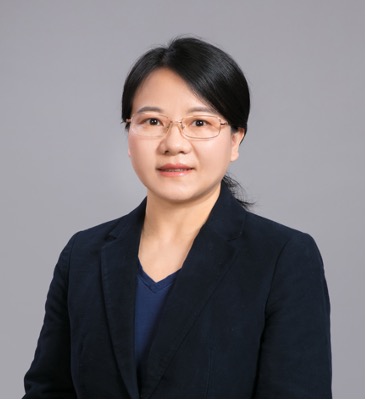
Her main scientific interests are source regions, initiations, and propagations of coronal mass ejections, solar small-scale magnetic activities, and solar-like stellar activities.
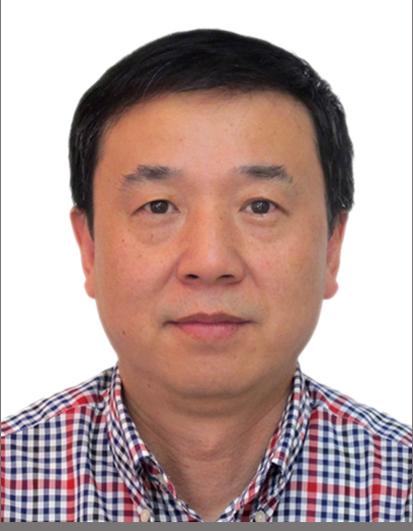
Yongtian’s current interests include: critical technique in the detection of exoplanets with Radial velocity and direct imaging approaches, development of astronomical spectrographs and adaptive optics for high-resolution imaging, critical technique for Antarctic telescopes & instrumentation.
It accepts original submissions from all over the world and is internationally published and distributed by IOP